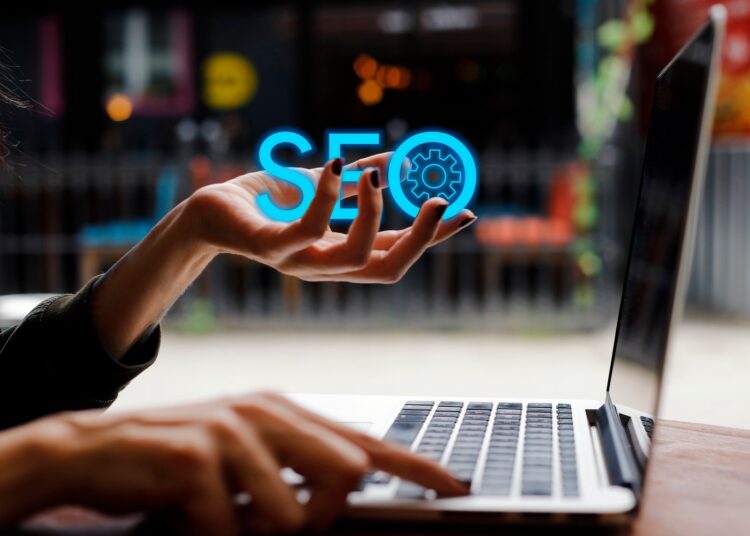
We all know what SEO means and why it’s important to every active and profitable business. While many business owners still don’t find it essential for their growth, others are completely aware of the benefits. But, the problem is they may not know how to properly implement it on their websites.
People who run localized businesses should decide on their priorities. While eCommerce SEO is more about selling products online, local SEO needs to bring traffic to your website and your physical store. That’s why we must clearly distinguish when working on a search engine optimization strategy.
But can you master local SEO alone, or should you ask for help?
In general, small businesses and startups try to figure out the things themselves, so they can save money.
But let’s look at things from another perspective. For example, if you have a Long Island-based business, you must attract potential customers to your office or store. But you don’t know how to do it. Your general marketing efforts don’t give the wanted results, and you still expect more from your potential. So, one of the best solutions is hiring a Long Island web design and SEO agency.
You may ask why web design?
Website design is an essential part of every marketing strategy, which you will also see later in this article.
To nail this one, you must know what the local SEO elements every strategy contains and why they are important are.
So, let’s get there.
1. Local Keyword Research

It’s always about the keywords. They are essential to every marketing strategy, no matter the purpose. When you need to localize them, you must include the country, city, or even a smaller geographical area in the search query. You can consider adding the “near me” part as a crucial step to your strategy.
But is there an easier way to do this?
Most keyword tools allow you to choose the country or region you need to focus on, so you won’t get too general results. As you conduct the keyword research, you will have to filter out the irrelevant ones and keep the important ones. After that, you can easily compose the strategy according to the local keywords.
We suggest sorting the list according to the search volume and traffic to see which keywords are most competitive. Check on your website report, and see which ones you rank the best.
2. Google My Business is Everything
Every business must optimize the Google My Business profile to get most of the SEO efforts. This also includes the NAP elements, which are short for Name, Address, and Phone.
As we said, local SEO is all about bringing people to your physical office or store. So, the potential clients must know where you are located and if they can call you. This is one of the first steps in optimizing your Google My Business listing.
Additionally, you can choose the best-ranking categories, upload images, add URLs, and use keywords in descriptions.
3. Website Design That Matters

Search engines “dislike” slow-loading site designs with too many dynamic elements. It was long ago when the animations were cool, and 2025 is not the right time for that.
On the other hand, site visitors don’t like slow and messy websites too. That’s why you need to plan the website design together with the SEO implementation. Or you can do it even better and put them in the same project.
When you hire an agency, they can provide both design and SEO solutions. So, make sure you look for those who can handle both tasks and eventually result in more traffic and more store visits.
4. Local Ranking With Google Maps
While you are optimizing your Google My Business profile, check if you can pin your business on Google Maps. Any business owner must take advantage of this step.
This way, you not only list your address in the NAP bar but also locate yourself on the map. Customers can easily find your store using the navigation apps that use Google information.
Additionally, you can publish Google posts. This way, when someone stops at your business map location, they can access more content related to you. And, of course, using relevant local keywords will only help you rank higher in local SERPs.
5. Identify Your Business Model

You should dedicate plenty of time and effort to identifying and categorizing your business.
What do we mean?
When you represent your business in local and map results, you should include much information to give a clear image of what you do.
For example, if you run a restaurant, make sure you inform the potential visitors about the working hours, dine-in options, take away, or delivery to home. Also, don’t forget to tell them which areas you cover with your delivery, and encourage them to visit the restaurant for fresh and warm food.
Also, make things even more clear by including information as if your business is home-based, or you have a store, or are you mobile or stationary.
The more precise you are with your business identity, the more customers will find their way to you.
How To Make Sure All These Things Work?
Marketing experts measure the strategy performance by numbers. They find it successful if specific local keywords rank better than before or when your website has more relevant traffic turned into customers.
But is that the right way to measure the results?
It works both ways since numbers show us if everything works fine. But, businesses measure success differently. If your physical store gets more visits and more people buy for you, we can say that you are running it successfully.
If you get website traffic but no customer comes to your store, you need a different approach to advertising your business. We suggest keeping the good SEO work until it unleashes its full potential.

Final Words
As you can see, there are so many local SEO elements you need to focus on. That’s why we recommend re-tailoring your budget and saving some money for a local SEO agency. This way, you will accomplish more sales, higher ranking on Google (and other search engines), and of course, higher profits.











